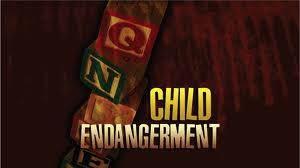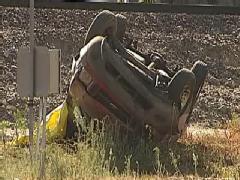 BAC is an acronym that stands for blood alcohol content or blood alcohol concentration. It is the percentage of alcohol that is in your blood at the time of the test. According to the National Highway Traffic Safety Administration, the higher your BAC, the more impaired you are.
BAC is an acronym that stands for blood alcohol content or blood alcohol concentration. It is the percentage of alcohol that is in your blood at the time of the test. According to the National Highway Traffic Safety Administration, the higher your BAC, the more impaired you are.
In California, it is illegal to drive a vehicle while under the influence of any alcoholic beverage or drug, or a combination of both. Further, it is unlawful to drive a vehicle with a blood alcohol concentration at or above a .08 percent. (See California Vehicle Code Sections 23152(a) & (b).)
Blood alcohol concentration is at issue in almost every drunk driving case involving alcohol. Within the vehicle code there is a rebuttable presumption. If the driver took a chemical test within three hours of driving, and the result of that test is a .08 percent or more, it is presumed the person had a BAC at or above a .08 at the time of driving. Because this is a rebuttable presumption, the defense can attack this at trial during cross examination of the prosecution’s experts or with a defense expert.
Even if the driver did not exhibit any signs of impairment, having a BAC of a .08 or more at the time of driving is enough for the state to file charges against you.
If your BAC is under a .08, you can still be charged with driving under the influence if you exhibited signs of impairment while driving or if the officer determined that you failed the field sobriety tests (SFST’s).
Blood alcohol content is usually tested by breath, blood, or urine samples. The officer must have probable cause to arrest you before administering such tests. (Note: The breath test mentioned here is not the PAS, or preliminary alcohol screening test, used in the field.) As a licensed driver, you have given implied consent to such tests; this means, if you are arrested for DUI, you must give one of the samples.
A breath test is most favored by law enforcement because it gives the result quickly and no sample is saved for retesting. The breath test machine is very sensitive and many things may skew the results. For instance, the machine may not have been working properly when the test was completed or mouth alcohol may have been present in the sample. Both of these can artificially elevate the results.
The blood test is done by a qualified medical professional and the results are not immediately available. This is often considered the most accurate test. However, a byproduct of blood breaking down is alcohol. Therefore, if the preservative is not thoroughly mixed through the vial of blood, the test results will be inaccurate with the result showing an inflated number.
If you are arrested for drunk driving, you owe it to yourself to hire an exclusively DUI defense firm that is familiar with all the possible defenses in your case. The BAC result is only an estimate, and it alone does not accurately determine if you are under the influence for purposes of driving. It is a tool used by the prosecutor to determine how to charge and pursue your case. A good defense looks at all the facts, not just the test result provided by the state.
Do not just plead guilty because your BAC was a .08 percent or higher. There may still be defenses in your case that can lead to reduced charges with less punishment, or even a dismissal!
The above blog entry is by no means all-inclusive and is not intended to be legal advice. To get legal advice on your particular matter, speak to a DUI attorney.
 San Diego DUI Lawyers Blog
San Diego DUI Lawyers Blog







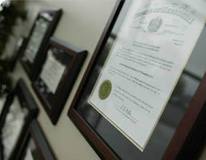 In California, many professions require a license by the State of California. When applying for or renewing a license, the applicant is usually asked if they have ever been convicted of a crime, this includes the crime of
In California, many professions require a license by the State of California. When applying for or renewing a license, the applicant is usually asked if they have ever been convicted of a crime, this includes the crime of 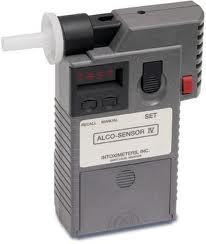 In California, if a driver is stopped by law enforcement and they are suspected of being under the influence, the officer may ask the driver to take a PAS test. The PAS test is considered an investigation tool, as it is supposed to measure the blood alcohol content, or BAC, of the subject.
In California, if a driver is stopped by law enforcement and they are suspected of being under the influence, the officer may ask the driver to take a PAS test. The PAS test is considered an investigation tool, as it is supposed to measure the blood alcohol content, or BAC, of the subject.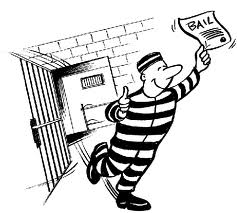 San Diego resident, Albert Pruitt, 27, was allegedly
San Diego resident, Albert Pruitt, 27, was allegedly 